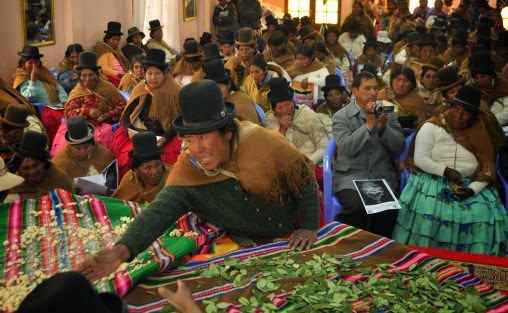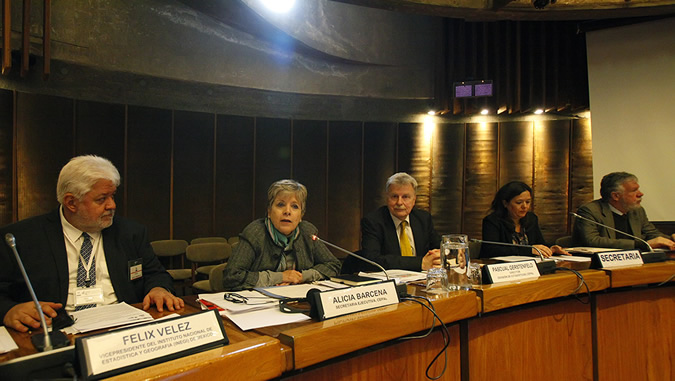Fuente: .globalpartnership.org /20 de junio de 2016
GPE’s strategic objective is to increase the volume and efficiency of funds devoted to education to ensure that every child can go to school and learn.
The Global Partnership works closely with national governments and their development partners to develop high quality education strategies and programs that reflect the commitment of all parties to achieve education results. This creates a climate favorable for investment in education.
In addition, the Global Partnership aims to mobilize increased financing to strengthen national education systems that deliver quality education, especially in the poorest countries. The partnership values the crucial role of bilateral, multilateral and other donors in leveraging greater investments in sustainable national education systems.
The challenge
It is estimated that $39 billion per year is needed from externalfunding sources to ensure that every child gets a quality pre-primary, primary and secondary education by 2030. (GEM Report Policy Paper 18)
It costs on average $1.18 a day per child in developing countries (low and lower-middle income) to provide a full cycle of pre-primary through secondary education (13 years). (GPE Secretariat calculations based on GEM Report estimates)
Resource constraints continue to hamper progress:
- Many developing countries do not have the financial or technical means to provide a quality basic education to every child.
- Donor aid to basic education in developing countries has dropped by almost 8% between 2010 and 2013, while overall development aid increased by more than 8.5% over the same period. (GPE calculations based on DAC data)
- The increasing youth population in low-income countries, the impact of climate change and commodity speculation as well as natural disasters and conflict further exacerbate these challenges and put enormous pressure on governments.
Expand the volume, effectiveness, efficiency and equitable allocation of external and domestic funding and support to education in GPE-endorsed countries»
- GPE encourages developing country partners to provide sufficient domestic financing for basic education.
- GPE advocates on behalf of developing countries to ensure they receive adequate external aid to basic education from bilateral and multilateral donors to implement the education sector plans developed by the local education groups.
- Through the GPE Fund, the Global Partnership provides grants to help developing countries prepare and implement their education strategies.
- The Global Partnership received unprecedented commitments from its partners at its second replenishment conference totaling $28.5 billion for 2015-2018: $26 billion pledged by developing countries in increases to domestic financing for education, and $2.1 billion pledged by donors to the GPE Fund.

To enhance its impact, the Global Partnership for Education has developed a funding model to allocate implementation grants to partner countries. The model places a stronger emphasis on equity,efficiency and learning, and ensures that results are the key focus.
With this model:
- Allocations are based on countries’ needs. Eligibility to receive an education sector program implementation grant is based on poverty level, education vulnerability (number of children out of school) and fragility. 66 of the world’s poorest countries are eligible for funding
- Performance is key:
- An eligible country can receive 70% of its maximum allocation based on a credible education sector plan endorsed by national and international partners, the commitment to collect and analyze data to better manage the education system, and an increase in domestic spending on education up to at least 20% of the national budget.
- To receive the remaining 30% of the allocation, an eligible country must demonstrate significant results in the three essential dimensions of equity, efficiency, and learning outcomes.
Enlace original: http://www.globalpartnership.org/funding


















 Users Today : 9
Users Today : 9 Total Users : 35461660
Total Users : 35461660 Views Today : 10
Views Today : 10 Total views : 3422301
Total views : 3422301